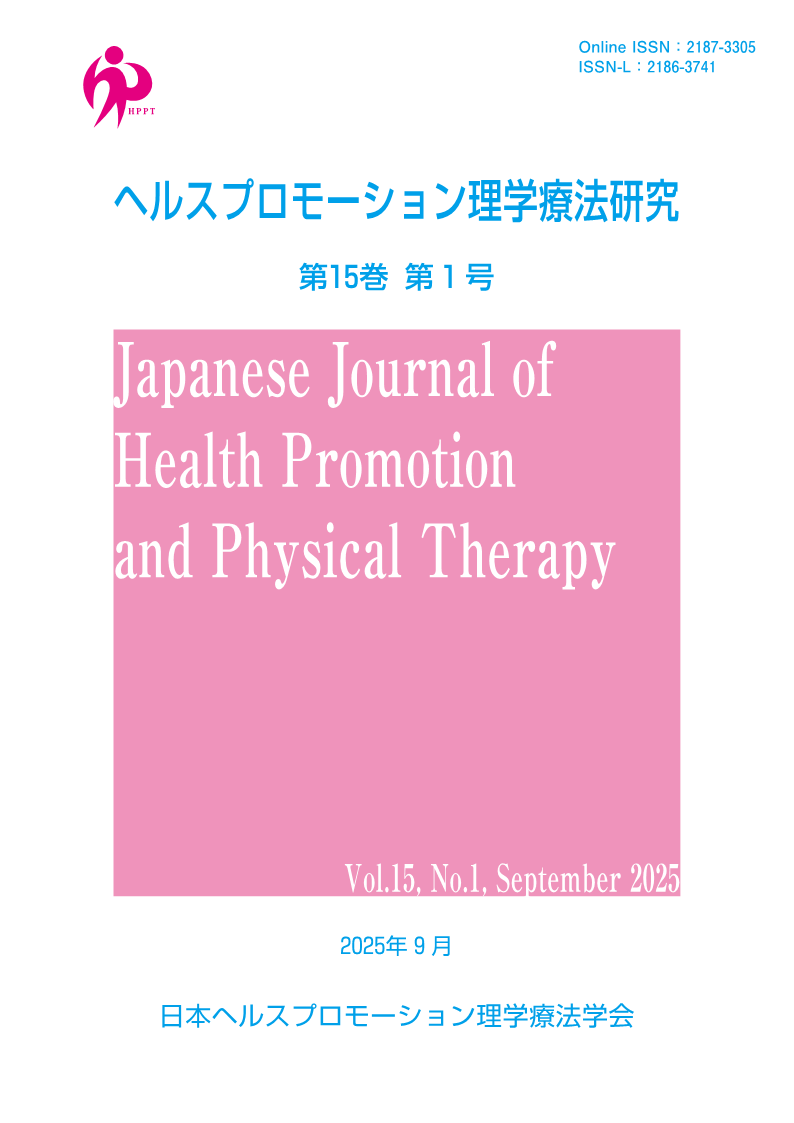Current issue
Displaying 1-5 of 5 articles from this issue
- |<
- <
- 1
- >
- >|
Original Articles
-
2025Volume 15Issue 1 Pages 1-7
Published: September 30, 2025
Released on J-STAGE: November 12, 2025
Download PDF (347K) -
2025Volume 15Issue 1 Pages 9-13
Published: September 30, 2025
Released on J-STAGE: November 12, 2025
Download PDF (294K) -
2025Volume 15Issue 1 Pages 15-19
Published: September 30, 2025
Released on J-STAGE: November 12, 2025
Download PDF (545K)
Short Report
-
2025Volume 15Issue 1 Pages 21-26
Published: September 30, 2025
Released on J-STAGE: November 12, 2025
Download PDF (419K)
Field Report
-
2025Volume 15Issue 1 Pages 27-32
Published: September 30, 2025
Released on J-STAGE: November 12, 2025
Download PDF (594K)
- |<
- <
- 1
- >
- >|
